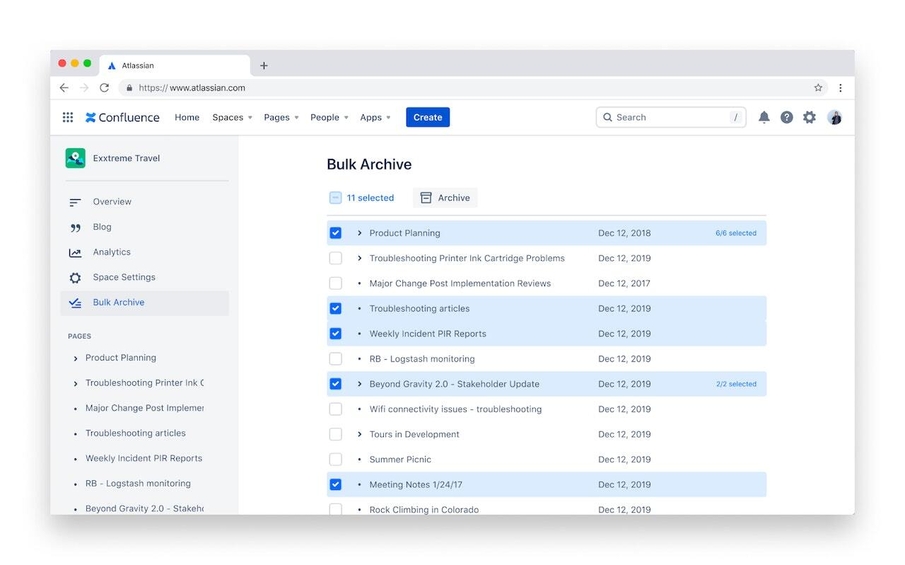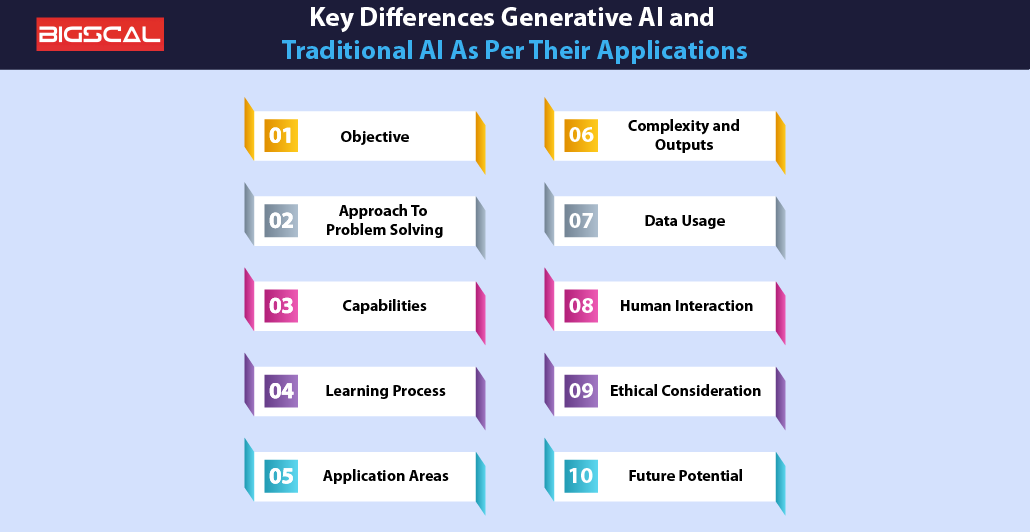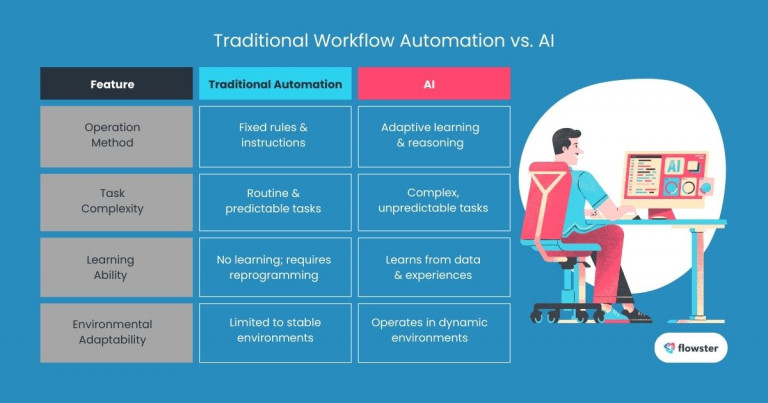In today's rapidly evolving digital landscape, collaborative content creation plays a crucial role for teams looking to produce high-quality material efficiently. However, this process often faces challenges, including delays in approvals, miscommunication, and maintaining consistent quality. The rise of Artificial Intelligence (AI) offers solutions to these issues, allowing you to streamline your workflows, enhance productivity, and improve team collaboration. In this guide, you will discover practical strategies for using AI tools to maximize team productivity in collaborative content creation while addressing common concerns, such as reducing approval times and centralizing feedback.
Research indicates that by 2024, approximately 75% of organizations are expected to adopt generative AI. This technology not only enables teams to significantly reduce content creation time—potentially generating high-quality drafts ten times faster than traditional methods—but also enhances overall team collaboration. As you explore the following sections, you will gain insights into implementing AI effectively to overcome the common challenges faced in your content creation workflows.
Dismantling Approval Bottlenecks to Save Time
Approval processes can often be a major source of delays in content production. Traditional methods can be cumbersome, leading to inefficiencies that hinder creativity and productivity. Implementing AI offers practical solutions to streamline these workflows, potentially cutting approval times by 60% or more.
To start, identify the common bottlenecks in your current processes, such as excessive email chains or the need for multiple reviews. Implement AI tools that automate tasks like tracking revisions and assigning feedback, which can contribute to faster approvals.
For instance, platforms like ProseVision and Google Docs use AI algorithms to facilitate real-time collaboration and document tracking. This means stakeholders can view changes instantly, leading to quicker consensus and approval.
Flowchart comparing traditional approval processes with AI-enhanced systems (Source: Flowster)
Centralizing Feedback for Streamlined Edits
Miscommunication often arises when feedback is spread across multiple platforms or inboxes. AI tools can help centralize feedback, allowing you to manage comments and edits in a streamlined manner. By using platforms equipped with AI features, your team can review content in one location, minimizing the confusion associated with various channels of communication.
Collaborative editing tools like Google Gemini or Narrato allow for real-time feedback integration, ensuring that everyone on the team can contribute suggestions and edits seamlessly. This centralization has the potential to enhance communication and reduce the risk of inaccuracies in content.
 Collaborative editing interface showcasing feedback integration (Source: Bynder)
Collaborative editing interface showcasing feedback integration (Source: Bynder)
Scaling Content Output While Maintaining Quality
One of the primary concerns for content creators is balancing quantity with quality. Fortunately, AI tools provide a means to scale your output without sacrificing high standards. Research has shown that strategic AI implementation can increase content production by 20–25% while maintaining quality.
To achieve this, begin by identifying specific tasks within your content creation process that can be automated, such as content generation or SEO optimization. Tools like ProseVision not only draft content based on specific criteria but also help refine those inputs to align with your brand voice. Furthermore, AI analytics can offer insights into audience preferences, informing your content strategy while supporting effective scaling.
 Comparison chart illustrating AI-powered versus traditional content production methods (Source: ResearchGate)
Comparison chart illustrating AI-powered versus traditional content production methods (Source: ResearchGate)
AI as a Catalyst for Enhanced Productivity
AI empowers content teams through innovative tools that enhance productivity. Tools like Perplexity and Dumpling AI provide robust capabilities for content ideation and research, enabling your team to generate ideas quickly and effectively.
To incorporate these AI tools, identify the areas within your content creation process that will benefit most from automation. Engage with platforms that assist in brainstorming, outline development, and drafting content. By utilizing these resources, you can turn mundane tasks into streamlined processes, ultimately freeing your team to focus on strategic and creative efforts.
 Modern workspace filled with generative AI tools (Source: Creator Sanctuary)
Modern workspace filled with generative AI tools (Source: Creator Sanctuary)
Streamlining Your Workflow from Idea to Publication
A well-structured workflow is crucial for success in content creation. By integrating AI at each stage—ideation, writing, editing, and publishing—you can ensure maximum efficiency throughout the process.
Begin by mapping out the various stages of your content creation and implementing AI tools designed for each step. For example, use AI for initial brainstorming sessions, automate drafting processes with platforms like Narrato, and leverage editing tools that provide real-time collaboration. This structured approach facilitates a coherent workflow, drastically reducing the time it takes to move from idea generation to final publication.
 Timeline infographic showcasing the content creation stages (Source: BigScal)
Timeline infographic showcasing the content creation stages (Source: BigScal)
Training Teams to Collaborate Effectively with AI
Investing in training is essential when incorporating AI into your content creation processes. Establishing clear guidelines on how your team should utilize AI tools will help maintain quality outputs.
Start by developing a strategy that specifies AI usage protocols. Implement tiered training sessions focused on different skills, such as mastering AI tools for content generation and refinement, ensuring each team member understands how to collaborate effectively with AI assistants. Ongoing training fosters a culture of engagement and keeps team members informed about the latest developments in AI technology, enhancing their productivity and creativity.
 Diagram of a training program for effective collaboration with AI (Source: ResearchGate)
Diagram of a training program for effective collaboration with AI (Source: ResearchGate)
Embracing Ethical Considerations in AI Integration
As you integrate AI tools into your workflows, it is vital to pay attention to ethical considerations. Transparency and accountability should inform your approach to using AI in content creation.
Draft and implement ethical guidelines that tackle issues such as data integrity, content originality, and bias mitigation. Educating team members about these guidelines will help establish a culture of responsibility, ensuring that all contributions respect ethical standards. By adopting AI ethically, you can enhance efficiency while adhering to necessary principles.
 Infographic detailing ethical considerations in AI (Source: Infografolio)
Infographic detailing ethical considerations in AI (Source: Infografolio)
Looking Ahead: The Future of AI in Collaborative Content Creation
Finally, it’s important to consider emerging trends that will shape the future of content collaboration. Over the next few years, advancements in AI technology are expected to transform how teams collaborate, especially in the areas of natural language processing (NLP) and multimodal content creation.
Prepare your strategies for these anticipated developments. Think about how automation might evolve and explore the latest AI tools as they emerge. This forward-thinking approach can position your team to stay ahead of industry trends, ensuring that you remain proactive and innovative in your content creation efforts.

By effectively integrating AI tools into your collaborative content creation workflows, you can enhance productivity, streamline approval processes, and foster a culture of ethical practices. By being proactive in training, centralizing feedback, and preparing for future developments, you are well-positioned to guide your team toward successful outcomes in their content initiatives.

Comentários (0)
Entrar para participar da discussão ou .